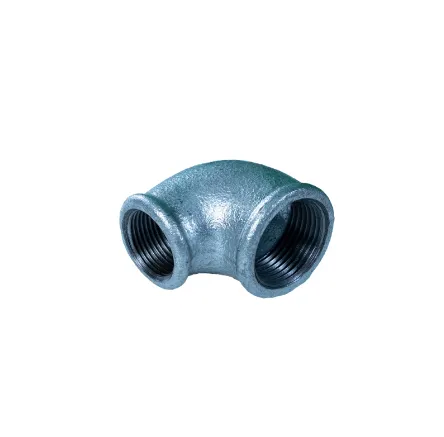Dated on 1 月-25-2025


Cross fittings are designed for systems requiring the division of flow in multiple directions. Though not as commonly used as tees or couplings due to their complexity in installation, crosses are invaluable in reducing the number of joints needed, subsequently decreasing the likelihood of leaks in sophisticated fluid transport systems. Nipples serve as one of the simplest fittings in the industry, consisting of a short length of male-threaded pipe. They are vital for connecting a hose or fitting, often employed in low-pressure applications. Nipples are also available in a variety of lengths, diameters, and materials, including brass, stainless steel, and PVC, to suit specific project requirements. Bushings and unions also deserve attention. Bushings are used to join pipes of different diameters by fitting inside another fitting. They are efficient in providing a smooth and secure transition between sizes. Unions, on the other hand, allow for quick disconnection of pipes for maintenance or system modifications. Unlike couplings, unions can be easily removed, making them ideal for assemblies that require frequent disconnection. Flanges come into play when easy access is required for inspection, cleaning, or modification. These fittings use a bolted method to secure different pipe sections or to connect pipes to other components like valves. Flange fittings provide robust and leak-proof connections, often used in high-pressure applications. Valves cannot be overlooked in any discussion about pipe fittings. These devices regulate, start, or stop flow within a piping system. Different types of valves such as gate, globe, check, and ball valves serve unique functions and are selected based on the system’s requirements for flow control, pressure, and material compatibility. In conclusion, each type of pipe fitting plays a distinct role in system functionality, from basic residential plumbing to complex industrial piping networks. Choosing the right pipe fittings requires careful consideration of system requirements, material compatibility, and intended application to ensure efficiency, reliability, and safety. As piping technology evolves, so do the innovations in fittings, pushing the boundaries for better performance and wider application. Understanding these components not only improves system design but also guarantees compliance with industry standards and longevity, reassuring both system designers and users of their trusted application.
Post time: 1 月-25-2025
Prev:
Next:
Related PRODUCTS









